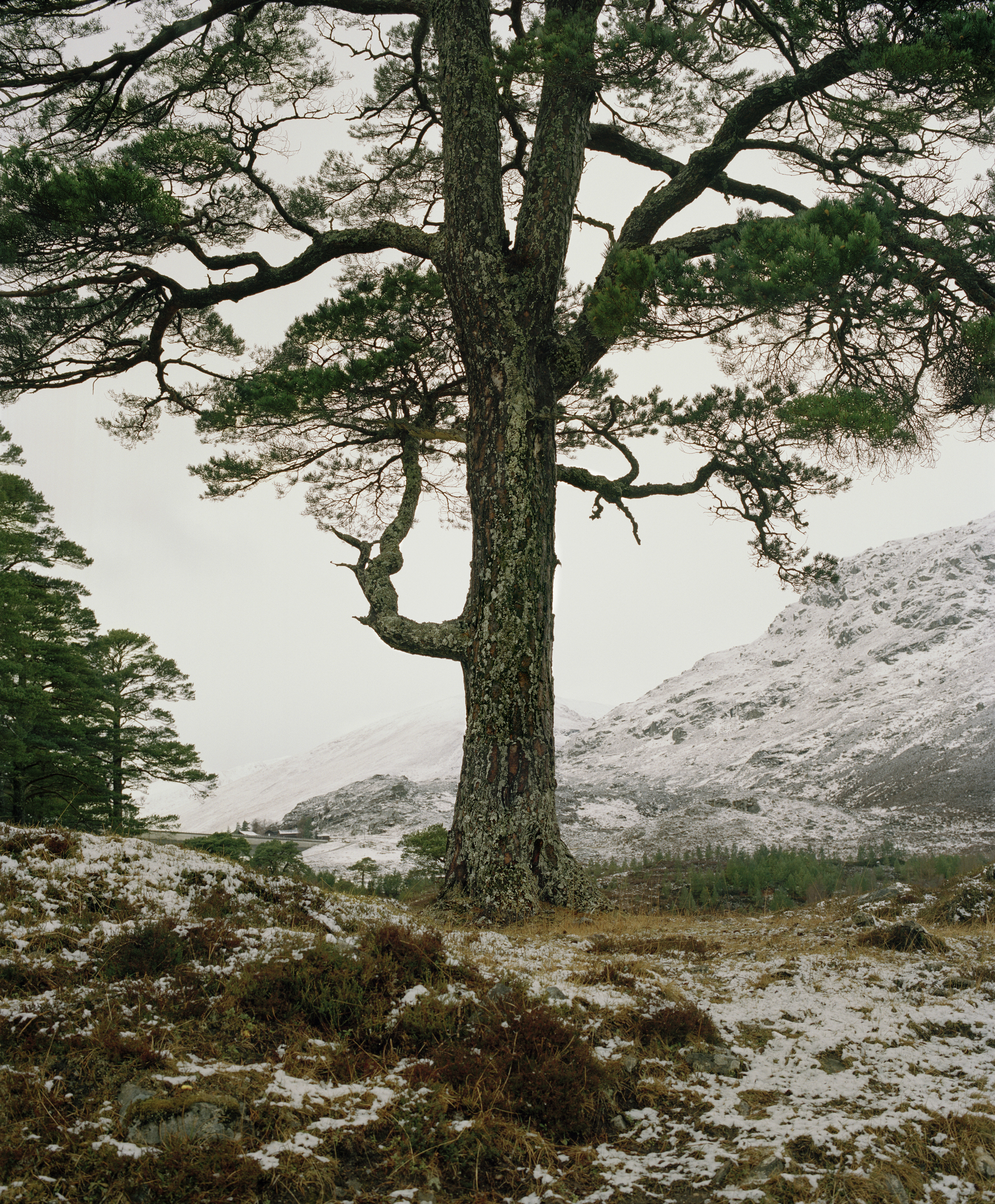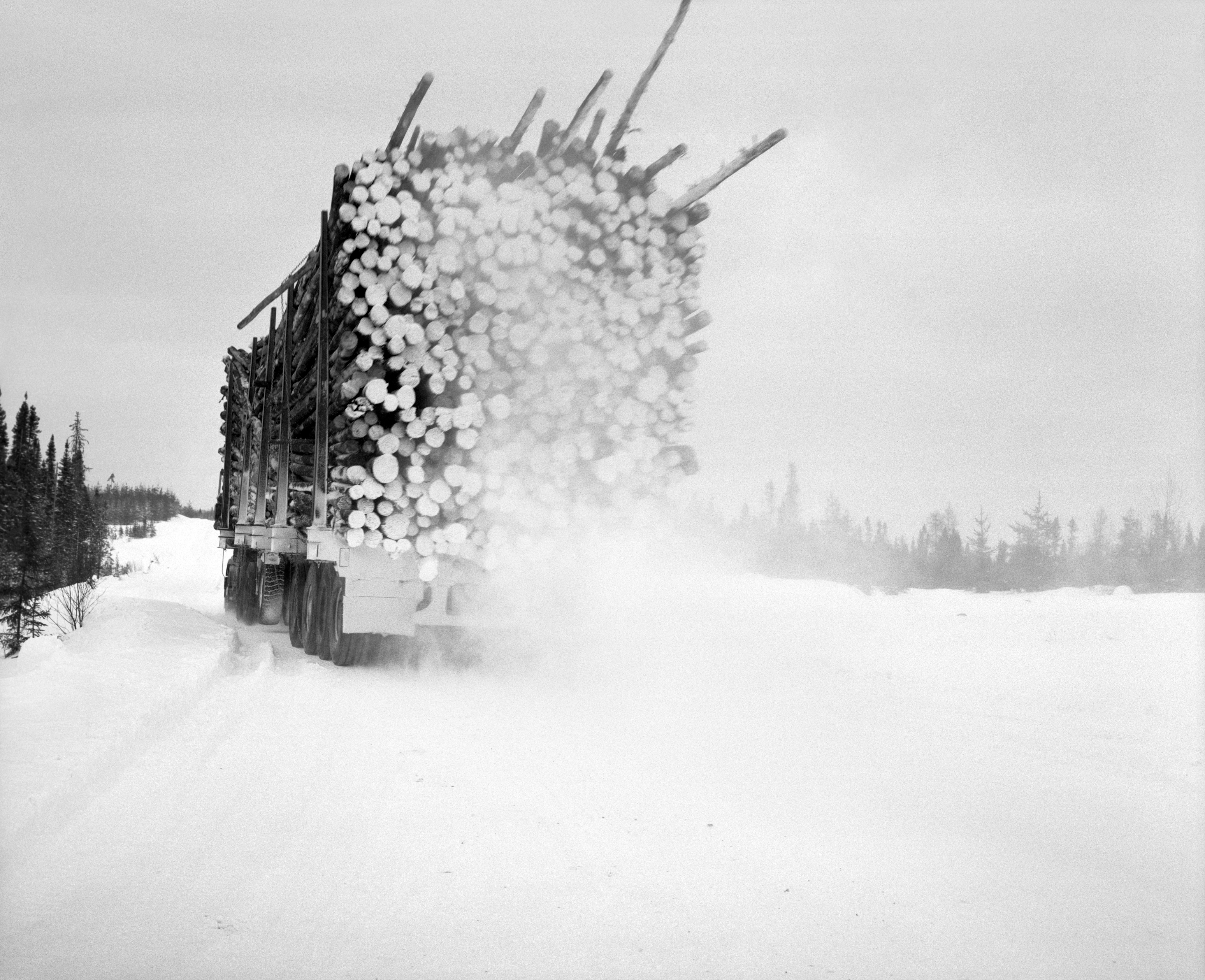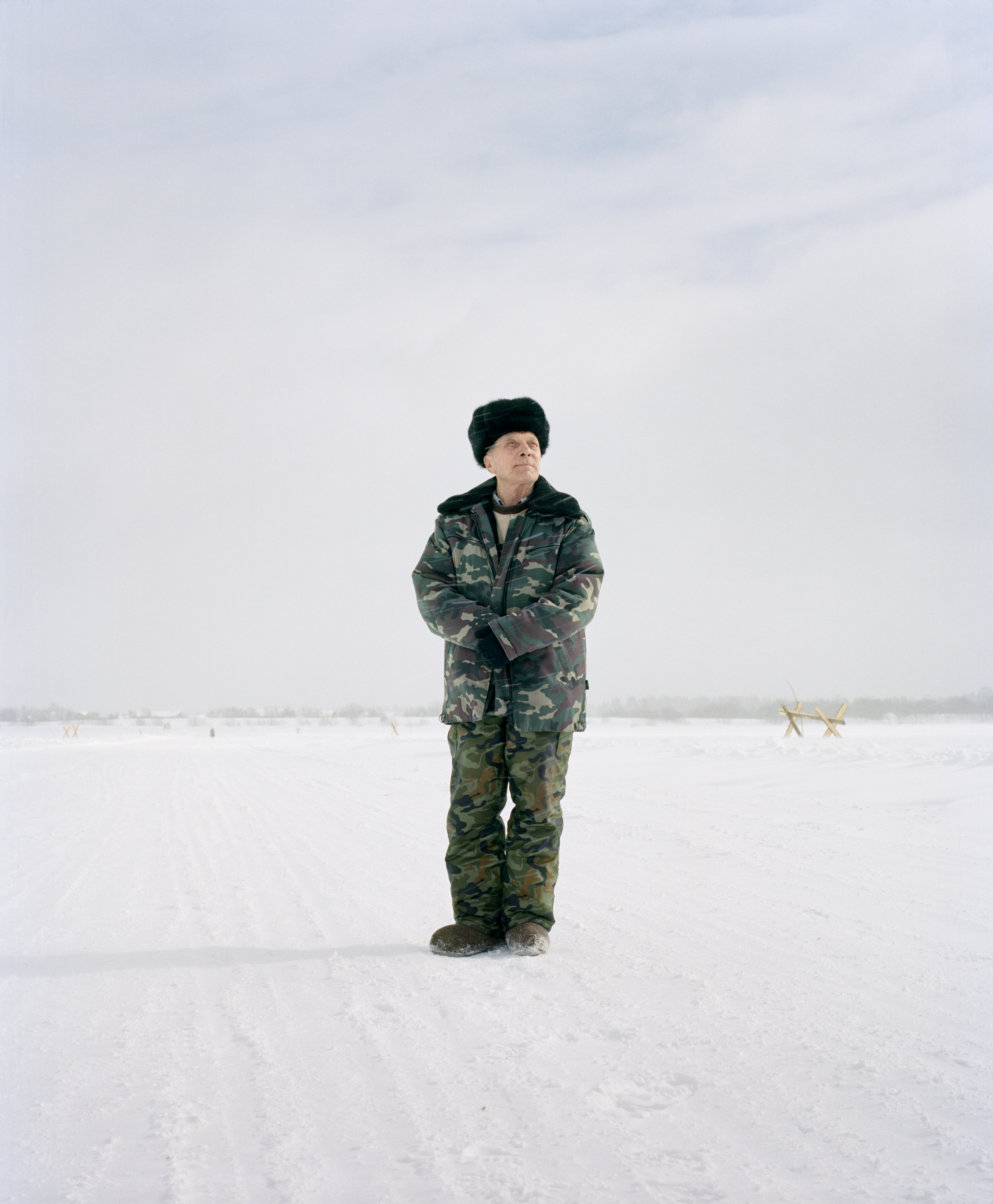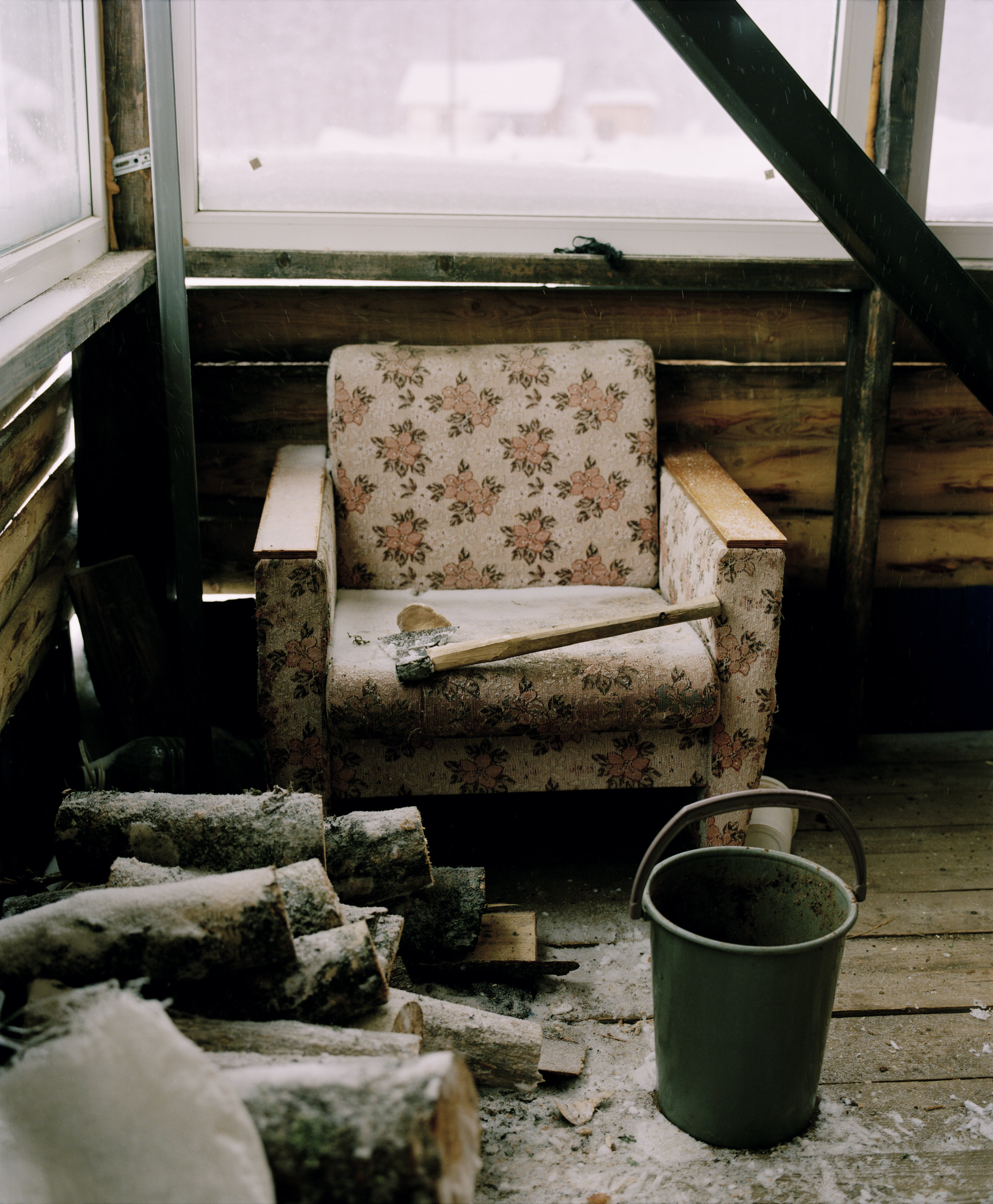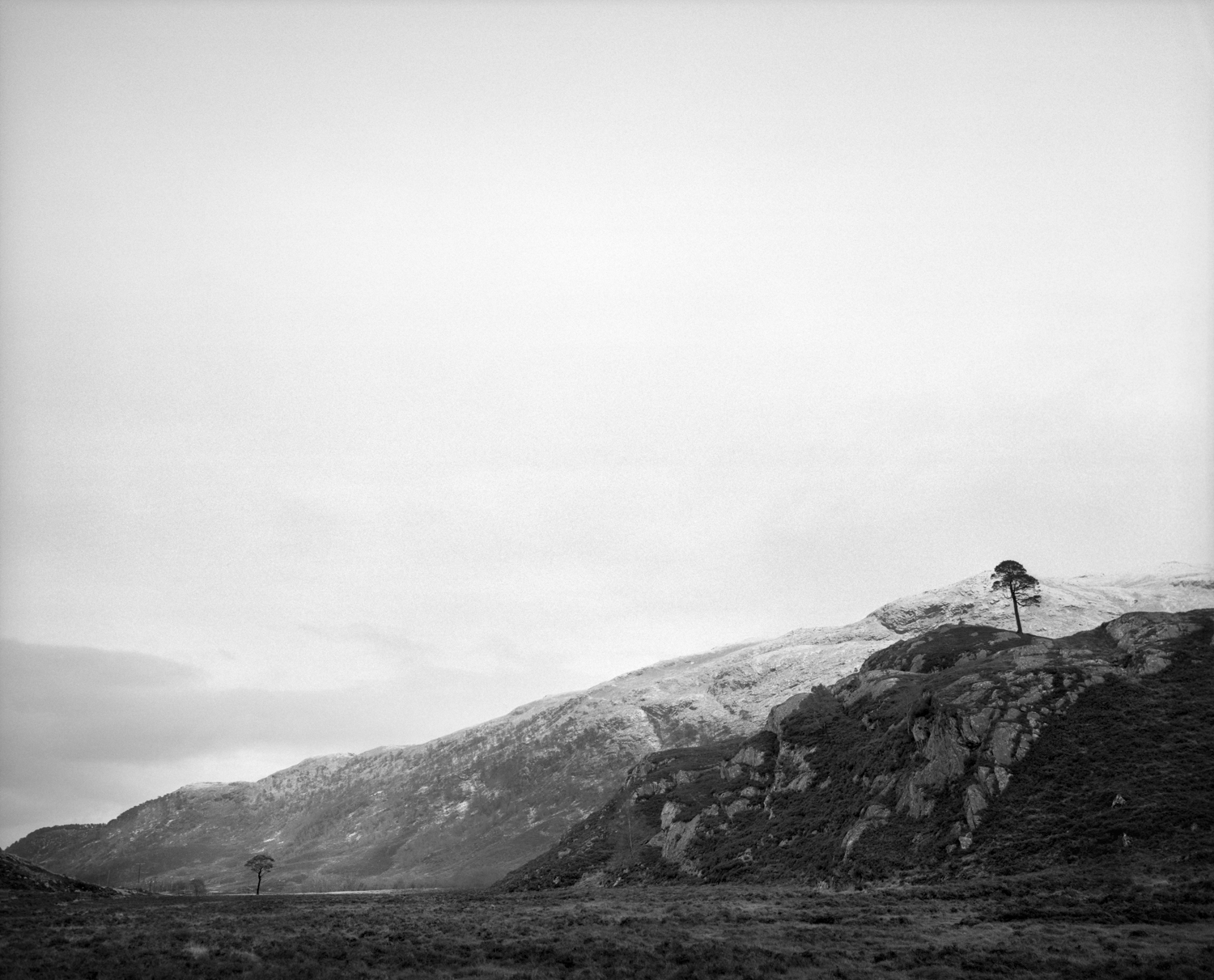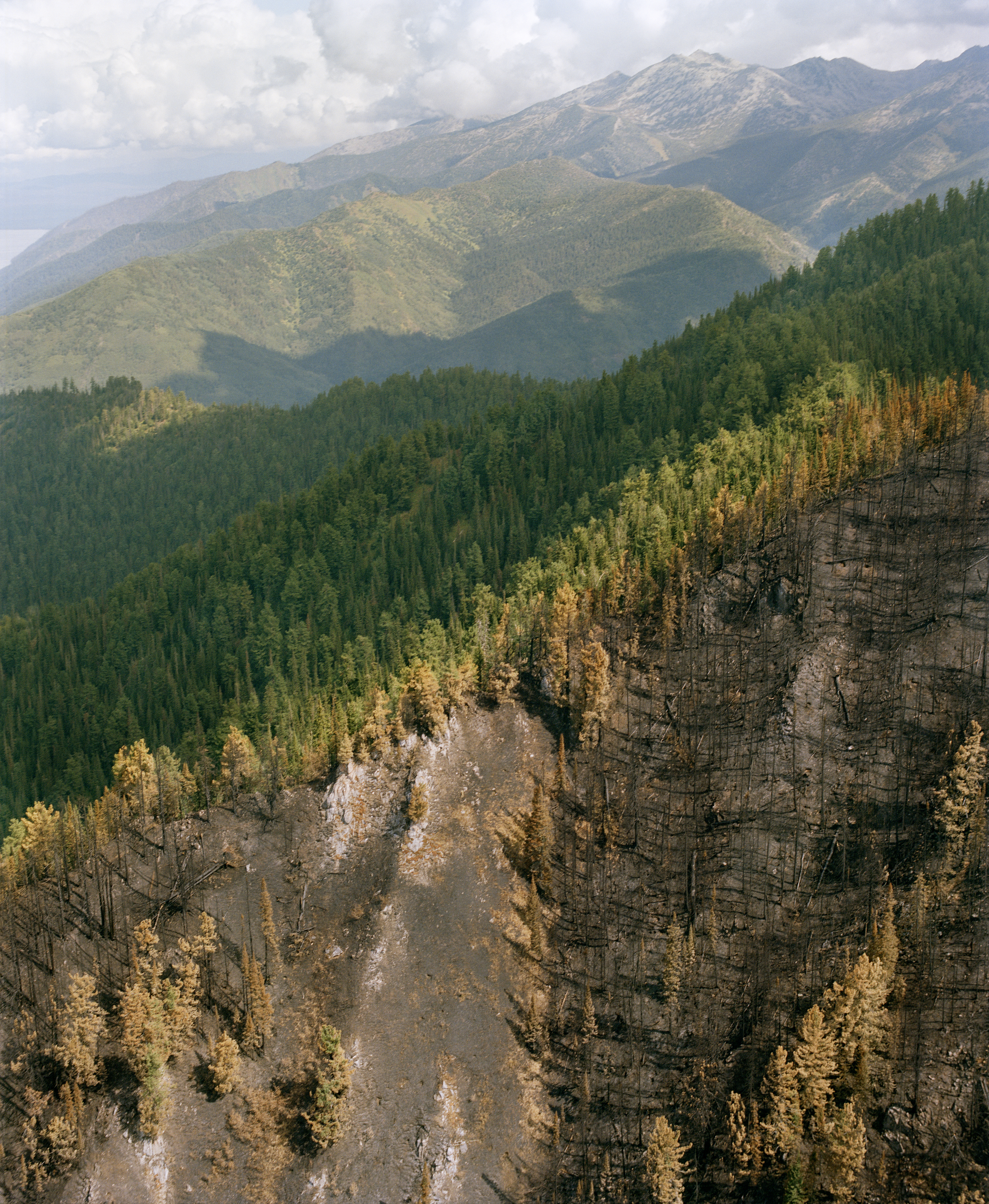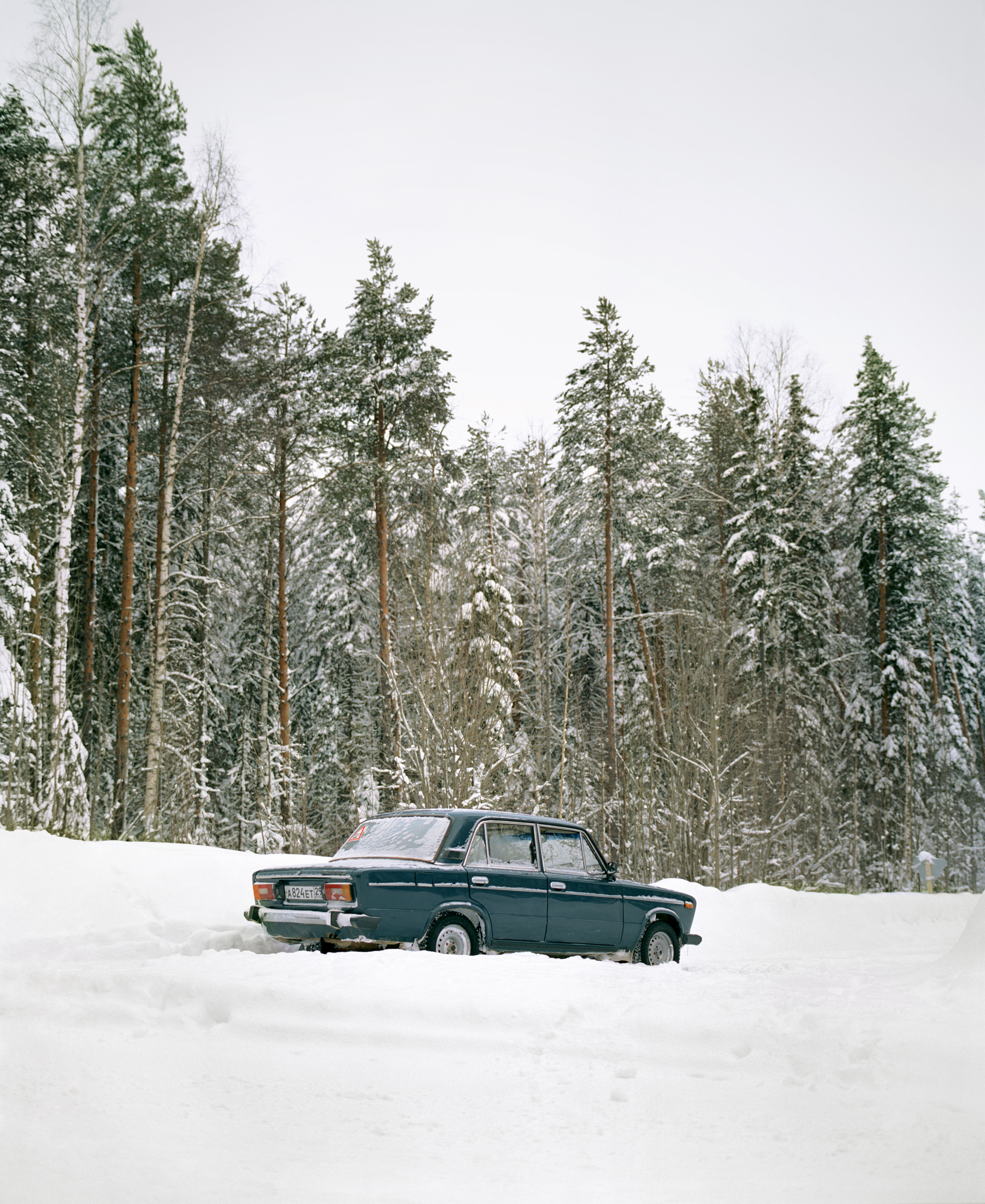Boreal zone
The boreal zone is a circle of mainly coniferous forest across the northern regions of Europe, Asia and America. There are various names for the region. The Americans and Canadians call it the Great Northern Forest or boreal forest (from borealis, Latin for northern), but the Russian name taiga is perhaps better known. It is the world’s largest vegetation zone, bigger even than the Amazon rainforest. Thirty per cent of all trees on earth are in the boreal zone. These trees are essential for maintaining the earth’s ecological balance, as they convert carbon dioxide to oxygen on a huge scale. Yet less than twelve per cent of the forests is protected, and they face a whole range of threats, from commercial logging, to the vulnerability of newly planted trees and raging forest fires, as seen the past few summers in Siberia.
Eight trips
Over four years, Jeroen Toirkens and Jelle Brandt Corstius took eight trips to the boreal forests. They encountered some extraordinary stories. In Russia they saw the damage that increasingly severe forest fires are causing in Siberia. But they also met Gennady Tugushin, a lumberjack who, though he is now retired, supplements his meagre pension by working as a security guard for a logging company. He lives in the village of Berdishikha, just walking distance from the forest, but he can never get enough of it – as evidenced by the forest wallpaper in his bedroom. Marines from several European countries on training in Norway showed Toirkens and Brandt Corstius how to use the resources in the forest to the full. Tree branches can be used to improvise a shelter, and firewood can be gathered for cooking, purifying water and keeping warm. On the island of Hokkaido in Japan they met scientists researching how to preserve the forests for the future. Toirkens and Brandt Corstius had their most thrilling adventure in Canada when together with the Cree, a First Nation people of Canada, they travelled 160 kilometres through the primeval forest by snow scooter at a temperature of 40-45 degrees below zero. It was so cold that Toirkens was barely able to change his rolls of film, and his face began to show signs of frostbite. Brandt Corstius lost the feeling in his fingers, and he has still not regained it in one of his little fingers. In a cabin on Vogel Lake in Alaska, so far from human habitation that the only way to get there is by floatplane, the two reflected on all their adventures. This final trip was the personal highlight of the project for them.
Trees for Life
Toirkens and Brandt Corstius sensed a deep love of the forest in many of the people they met on their travels. This is certainly true of the people behind the Trees for Life charity in Scotland, which is working to revive the Caledonian Forest. The last ‘granny’ pines there often stand alone on bare rocks, but the rocky landscape typical of Scotland was once covered in pine forests. Along with their donors, Toirkens and Brandt Corstius enabled Trees for Life to plant 360 trees in the region to compensate for the flights they had taken while making Borealis.
Portrait of a tree
During their travels, Toirkens photographed in both black-and-white and colour, but always with an analogue camera. He intuitively differentiated between the documentary black-and-white photographs and the more associative work in colour. Every day he would also seek out the ‘tree of the day’, not just to photograph it, but to portray it as a real character. It is these portraits that will surround visitors to the exhibition when they enter, as if they too are travelling into the forest, before they enter the space where the accounts of their travels unfold.
Collaboration between Toirkens and Brandt Corstius
Jeroen Toirkens graduated in photography from the Royal Academy of Fine Arts (KABK) in The Hague in 1995. Since then, he has focused on social documentary photography and slow journalism, and his images have been published in national and international newspapers and magazines. Jelle Brandt Corstius studied history and journalism at Groningen University, and lived in Moscow from 2005 to 2010. He is a journalist, programme maker and Russia expert, and recently started training as a primary school teacher.
Toirkens and Brandt Corstius first worked together on the Nomadslife project, a search for the last nomads in the northern hemisphere. The resulting book Nomad, published in 2011, won a number of prizes, including the prestigious Canon Award. Their collaborations typically involve a quest for more in-depth knowledge and understanding of their selected subject. Theirs are intensive, long-term projects, in which they view their subject from as many angles as possible, looking with an open mind for the human dimension in the stories they tell.
Publication
The book Borealis - Trees and People of the Northern Forest by Jelle Brandt Corstius and Jeroen Toirkens will be published in conjunction with the exhibition (Lannoo Publishing, ISBN 9789401452373).
The Borealis project was sponsored by ASN Bank, Staatsbosbeheer (Dutch State forestry organization) and the Anchorage Museum in Alaska, among other organisations.
